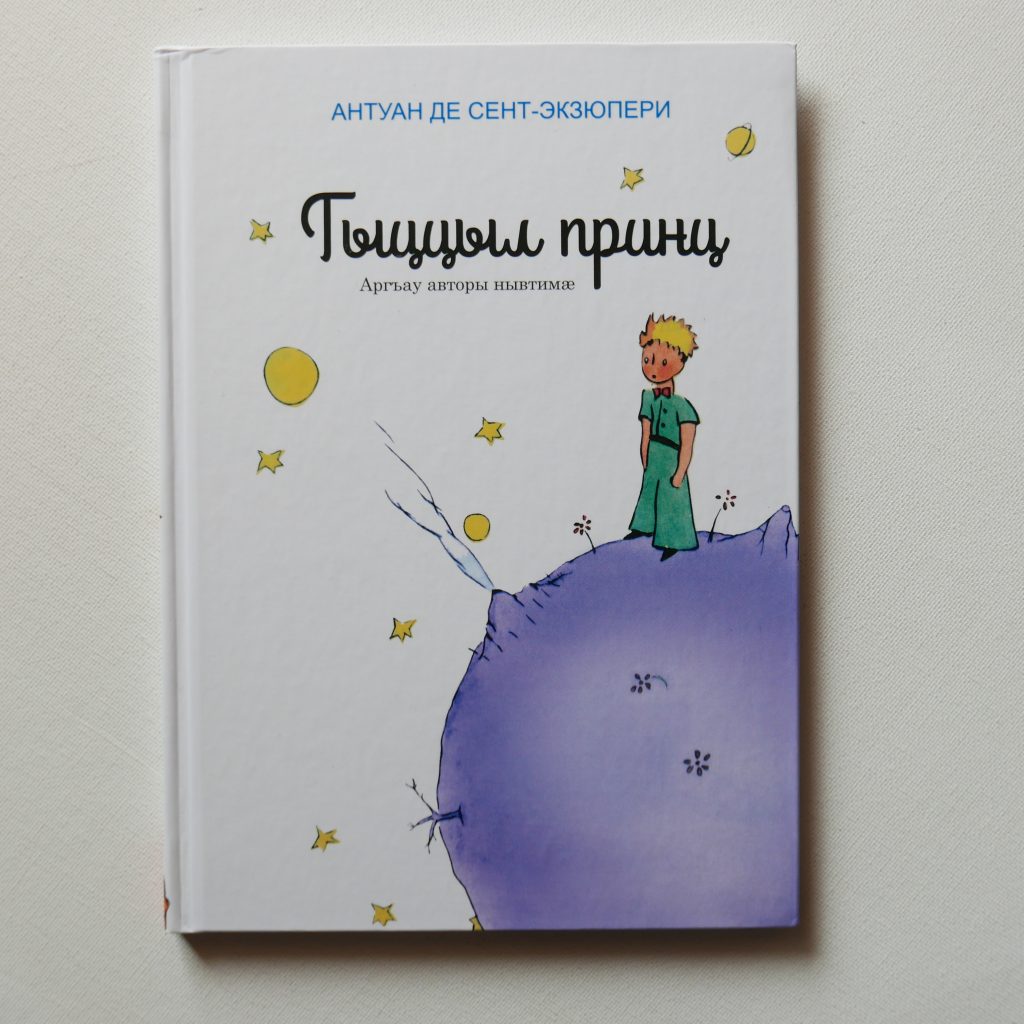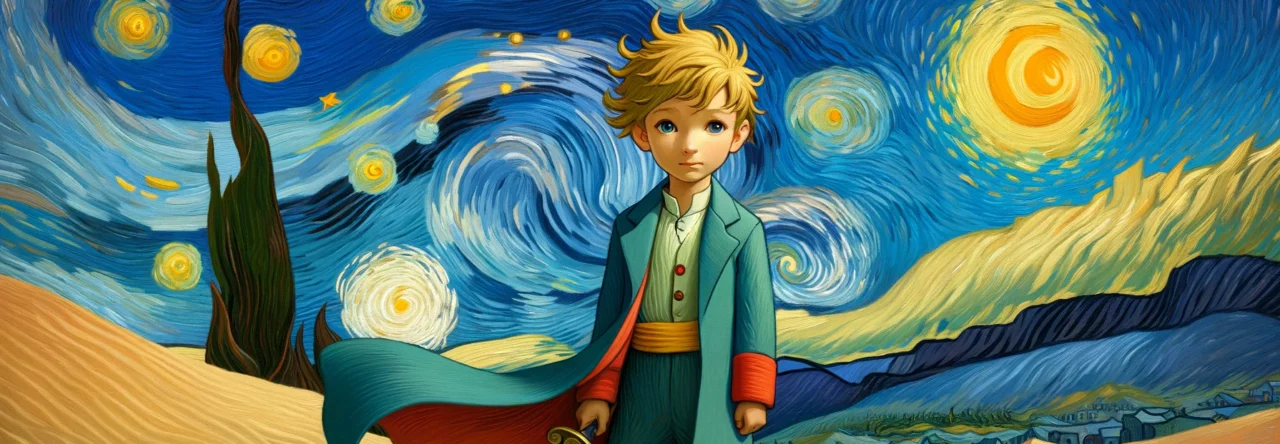
Гыццыл Принц (Gyccyl Princ), in Iron language.
The Iron language, also known as Iron Ossetian, is a branch of the Ossetian language, which itself belongs to the Eastern Iranian group within the Indo-Iranian family of the Indo-European languages. Spoken predominantly in the central region of North Ossetia–Alania in the Russian Caucasus, Iron is the more widely spoken of the two main dialects of Ossetian—the other being Digor. What makes Iron particularly fascinating is its status as a linguistic heir to the ancient Scytho-Sarmatian languages, once spoken by the horse-riding nomads who roamed the vast steppes stretching from the Black Sea to Central Asia. These ancestors left behind a rich cultural and mythological legacy, including customs that survived the migrations, conquests, and Christianization of the Ossetian people.
Historically, Iron became dominant in both political and cultural life, especially after the 18th century, when the Ossetians began to come under Russian influence. Over time, Iron absorbed many lexical influences from Russian, Georgian, and even Turkic languages, yet it still preserves strikingly archaic Indo-Iranian structures, making it a linguistic time capsule that provides clues to the ancient tongues of Persia and the Rigvedic world. Perhaps most intriguing is how the Iron dialect has been the vehicle for preserving the Nart sagas, a legendary cycle of heroic epics filled with themes of bravery, justice, and supernatural trials. These epics—oral for centuries and still performed today—form the backbone of Ossetian identity and are central to the Iron-speaking communities’ sense of moral and cultural continuity.
Culturally, Iron-speaking Ossetians uphold a unique syncretism of Christian beliefs layered over older, Zoroastrian and pagan traditions. Their code of ethics, known as Æghdæu, emphasizes hospitality, loyalty, and honor, forming an unwritten social contract that governs behavior in both peace and conflict. Festivals like Kuvdon (a celebration of Saint George, syncretized with an ancient war deity) blend Christian and pre-Christian rites, featuring feasts, ritual dances, and horse games that hearken back to Scythian warrior culture. Despite being nestled in a volatile region with a history of political upheaval, Iron speakers have maintained a fierce sense of identity through their language, myth, and social customs—making their linguistic and cultural heritage not only resilient but profoundly compelling.


